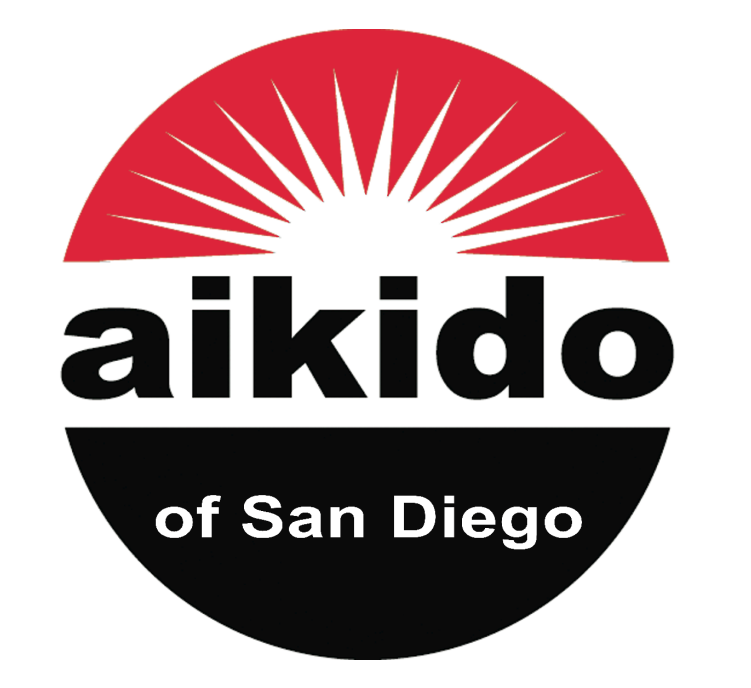There is a very good discussion on the AikiWeb forums, about uke collusion in practice/training. It’s particularly relevant for me, because I will be participating in the Aikido Bridge seminar later this week, where Ikeda Sensei will be teaching, and where there will be lots of opportunities for refining my own ukemi, and observing the ukemi of others.
One of the comments there, about how professional athletes train, brought something to mind: In horseback riding the relationship between the rider and the horse is very much like the relationship between Nage and Uke.
The rider (Nage), through their cues, posture, weight shifts, placement of attention, and so on, is able to affect the balance and motion of the horse (Uke). It should not be a battle – it should be a partnership. They are not in opposition. Horse training essentially is training the horse to be a good uke – sensitive, not reactive, not anticipating, but moving as directed when the rider makes a request correctly.
Of course, beginning riders are hopelessly uncoordinated about their weight, center, attention, posture, hands, feet, etc. A horse that refuses to budge, or who can’t understand what is being asked, would only frustrate them. Thankfully there are talented, experienced, angelic horses referred to as “schoolmasters” who and understand, and who happily play along with these fumbling newbies. A good schoolmaster lets the rider get the feeling of what a correct trot, balanced halt, or smooth canter depart should feel like, even when the rider doesn’t know how to ask perfectly yet.
These horses, bless their hearts, can also perceive the skill level of their riders. While they may jog along sweetly for a little kid flopping around on their first ride, they may just as well require quite correct riding from someone more advanced.
In essence, the schoolmaster colludes, but only as much as is appropriate for the level of the rider. Pretty amazing ability, for a horse, but they do it regularly.
My understanding is that a good uke should provide that same kind of feedback to Nage. With a beginner, one may have to essentially guide them through the motion at first, by doing the ukemi as though Nage had performed the technique correctly, even if Nage didn’t really have their center, or didn’t take their balance. With a more advanced nage, feedback more along the lines of “Nope, I ain’t goin’, you don’t have me” might be more appropriate.
Of course, there are good-natured, willing horses who simply do not understand, perhaps through lack of experience, what the rider is trying to ask. And there are others who know exactly what the student is requesting of them, but who have a “betcha can’t make me” attitude. The former may grow into happy and useful schoolmasters with experience. The latter will likely end up paired with riders who have similarly been trained in the “make ‘em mind you” philosophy of horsemanship, where force, conflict, and opposition are just the way things are done.
As a human uke, I’d sure rather work toward being more like the schoolmaster.




